A wader is not an unfamiliar item to those who often take a fishing trip or wild adventure. But a question ‘which one to choose’ comes into play as you look forward to picking just one and there’re two almost equally popular choices chest and hip waders. Today’s comparative discussion will try to provide you some insights and suggestions from my angling experience.
Hip Waders vs Chest Waders
The argument on chest waders vs hip waders can be easily solved, but many do not know which one to wear based on their preferences as well as on specific conditions. To better give you an idea, here are the different kinds of waders that are available, as well as where they are best used.
Types/Variations
There are three types of waders that you can find, namely hip waders, waist waders, and chest waders. Their names describe the coverage on the wearer. The succeeding sections will describe each in more detail.
1. Hip Waders
Hip waders reach only up to the upper legs and are supported by straps that are attached to the belt. Those fishing in shallow water such as streams or rivers with slow currents find these waders great. Hip waders are best worn when fishing in waters that do not go past your knees. Hip waders may also be used for farming and agriculture.
2. Chest Waders
Chest waders, as the name implies, covers your entire chest. They typically look like suspenders and provide the most coverage and protection. This type of wader is best when fishing in waist-deep waters or cold environments as this protects you against cold as well. It is recommended that you use a wader belt in conjunction with chest waders to prevent water splashes from seeping in.
3. Waist High Waders
Waist High Waders provide medium coverage and looks and functions more like a pair of pants. This is best for high water levels that are not cool or warm. This will allow your legs to stay dry while still keeping you top cool enough for more comfortable fishing. This is the best option if hip waders or chest waders are not viable options for you.
The Difference in Basic Features
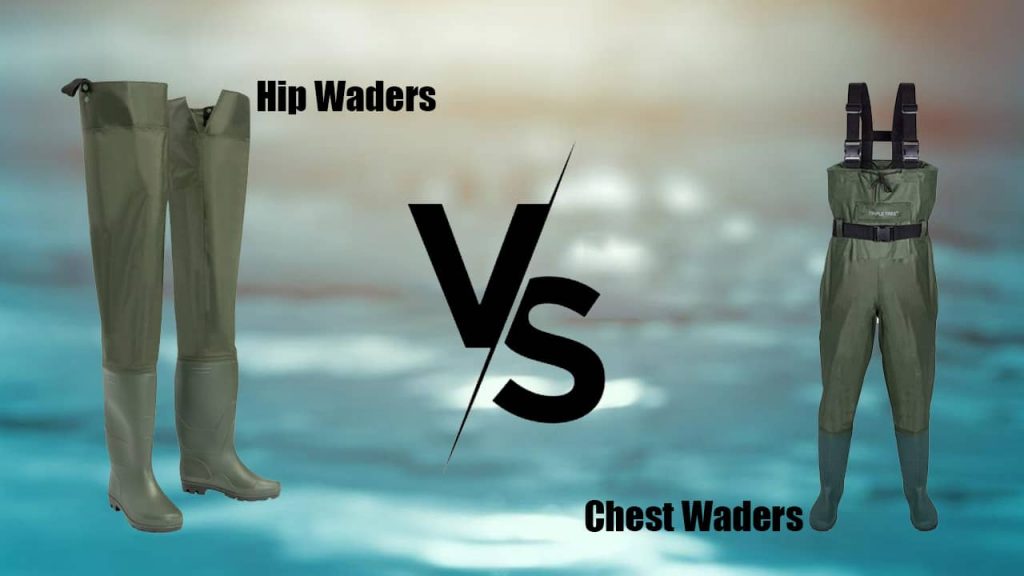
Hip boots and chest waders have many identical characteristics. However, you should consider factors like comfort and convenience while choosing the best one for you.
1. Bootfoot vs. Stockingfoot
Bootfoot waders mean that a boot is already attached to the wader itself. Benefits of this include ease in wearing and taking off, although weight is often compromised. Also, you will have no other option should the boot be too large or too small for you, making this a good choice only if the boot fits you well.
On the other hand, stockingfoot waders have a waterproof sock at the bottom rather than a boot. This will allow you to purchase a wading boot of your own. Using a stockingfoot wader alone is not recommended as rocks and sand may wear down the bottom of the sock and cause it to tear. A stockingfoot wader is ideal if you want some outfit that fits you well.
2. Pockets
Waist waders or chest waders may have pockets that will allow you to carry additional items as you fish. This is especially important as you cannot access your pant pockets while wearing these types of gear. Hip waders, on the other hand, allow you to access your actual pockets. So, these are no longer necessary.
However, do make sure that you do not put sharp objects in your wader pockets as they may cause holes or tears, ruining your waders and making them useless in the water.
3. Breathability
Breathability is one of the key factors in the ‘hip waders vs chest wader’ argument. Some people do not like chest waders due to some items being very sticky and thereby less breathable. Some chest waders use special ‘breathable’ material that provides protection while lending sweat-wicking capabilities to keep you cool and comfortable.
4. Insulation
While all waders are waterproof, they should still insulate you, especially in colder waters. In cold climates, a properly insulated wader will keep you warm. This is especially important as being submerged in cold water for a more extended period of time, even without direct contact, can cause dangerous health conditions such as frostbite or hypothermia.
Differences in Sizing
Size should always be in your consideration. These are not ‘one-size-fits-all’ types of item. So, you should try out a wader first before purchasing. Waders usually come in sizes, from small to 2XL sizes. Be aware of your measurements (shoe size, inseam, and waist size) and choose the right size. They should not be too loose to fold and get damaged. Too tight materials may compromise your comfort and cause stress on the seams and thereby bursts.
Materials Explained
Waders can be made out of different materials, and these will affect not only your comfort but the overall cost of the item as well. These are the different materials used in the construction of the most common waders available today.
1. Neoprene
Neoprene is a warm material that is flexible but is not that breathable. As such, sweat does not evaporate through the material. As such, waders made out of neoprene are best used for cold waters, or chilly weather as using them in warm conditions may cause you to sweat excessively and overheat.
2. Rubber
Waders made of plastic are cheap and waterproof. They are durable but may feel heavy. They are not as breathable as neoprene. Rubber waders are blended with other materials to make them lighter and more usable in warmer conditions.
3. Gore-Tex
Nylon or polyester blended with Gore-Tex makes waders suitable for almost any condition. They also provide proper insulation and can be very light. Of course, these types of materials tend to be more expensive. So, check your budget. They are also not as durable as other materials and may require further reinforcement.
4. PVC
Waders made of PVC are also available. These are inexpensive and very lightweight. However, these types of waders are more prone to breakage, especially when exposed to the elements. Saltwater can quickly damage PVC waders, so they require a lot of care and maintenance to make them last.
The Difference in Uses
To provide you with a quick guide, here are the things that you would need to consider when choosing between hip waders and chest waders. Of course, you can consider using waist waders as well to get the best of both worlds or as a form of compromise between the two.
1. Hip Waders
Hip waders can be used in the following conditions:
- Shallow waters
- Weaker currents
As the majority of the surface will be submerged in water that will cool you off significantly, you do not need highly breathable hip waders so you will have more options to choose from. You will also have many options to choose from when it comes to length, but it is recommended that you get the longest ones so that you can use it in varying levels of water.
2. Chest Waders
Chest waders can be used in the following conditions:
- Deeper waters
- Stronger currents
Chest waders need to be made of breathable materials as you may have trouble being comfortable in hotter weather. However, chest waders provide almost complete protection as this will keep you dry even when you stumble in the water. These waders are suitable for colder climates.
Conclusion
Finally, when it comes down to ‘what and what not’, I would say hip waders are good for those fishing in lower water levels whereas chest waders are for higher levels of water and for those who will be doing a lot of walking around. This is our conclusion to our today’s comparison. I hope you have enjoyed it and got your points straight to make the right choice.

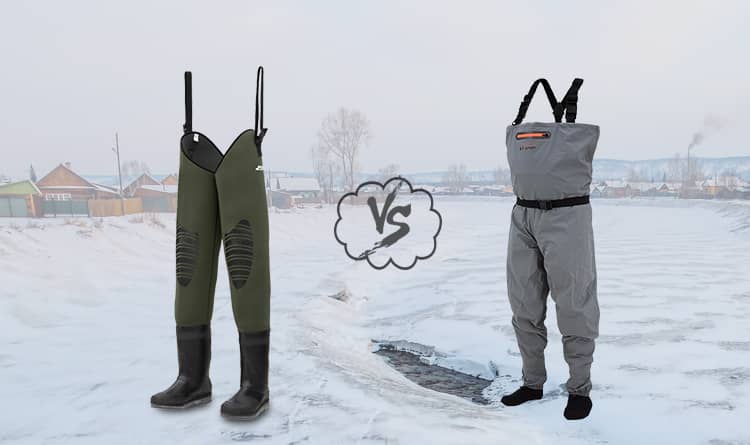
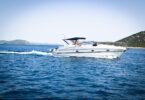

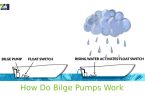
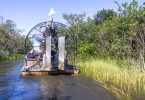
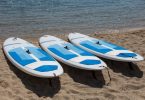

Leave a Comment